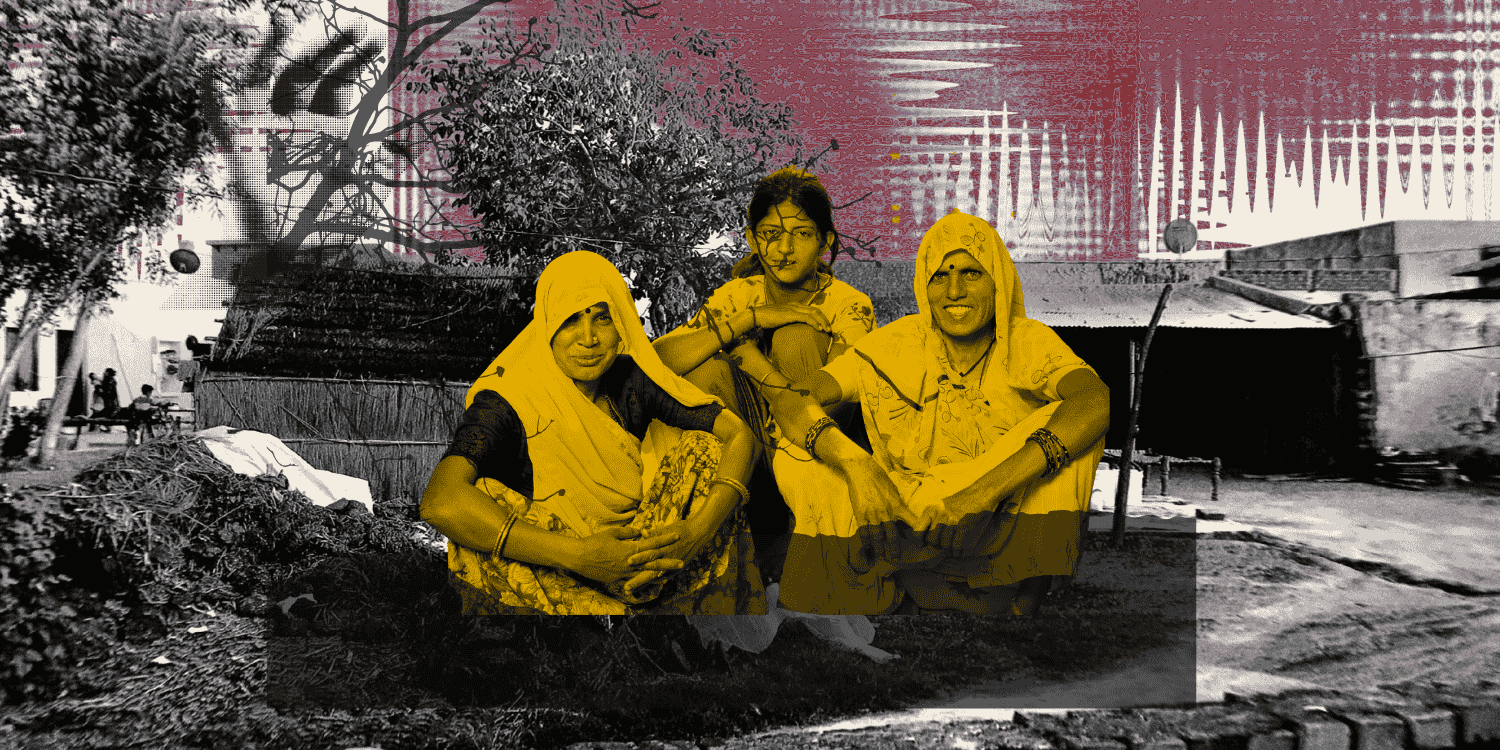ABSTRACT
The treatment of women in Indian societies is riddled with irony. Religion, tradition and mythology, originating from both the mainland as well as the hinterland, liken women to goddesses and believe them to be harbingers of wealth and prosperity. Yet, patriarchal and misogynistic tendencies deeply sewn into our fabric have resulted in India being deemed “the most dangerous country in the world to be a woman”. In such a context, the stigma faced by female prisoners in India is threefold – as women, as being in conflict with the law, and within the justice system, as a minority. This brief, thus, seeks to highlight the state of female prisoners across the country and aims to draw conclusions on whether gender bias is visible in the Indian criminal system’s response to women as offenders.
INTRODUCTION: FEMALE CRIMINALITY IN THEORY
At the outset, it is important to acknowledge the scarcity of research exploring gender equality in the criminal law structure, specifically in the Indian context. However, on a macro level, researchers worldwide have extensively debated on which lens is best suited to understand women’s criminality. At the centre of these debates is the consideration of biological differences between men and women and how they result in differences between male and female criminal behaviour1. Feminist literature sees less and less merit in studying biological factors as it shifts the focus away from the political causes of crime. Female criminality is, thus, increasingly being viewed in the patriarchal context, where a significant imbalance of power exists between men and women.
Prioritising the political over the biological has led researchers to study how gender identity plays a significant role in determining the “dispositional traits” that act as “motivations behind criminal acts” (Lodha et al. 2018). For example, given their submissive position within the structure of a household and the resulting financial inequality and dependency, women commit ‘‘property crimes’’ and petty crimes such as shoplifting, more often than ‘‘violent crimes’’ (Naffine 2015, Steffensmeier 2001, LaGrange and Silverman 1999, Steffensmeier and Allan 1996). The overlap of gender and class emerges as a strong determinant of female criminality, and most female offenders belong to economically weaker sections (Madhurima 2009, Saxena 1994). Moreover, when women do commit “violent crimes”, often they are acts of retaliation, given the increasing levels of violence against women (Freeman and Sandler 2008, Ahuja 1996).
However, as soon as one begins to differentiate criminals on the basis of gender, the question arises of preferential treatment being extended to female offenders, especially to mothers. Here, to many, gender appears in conflict with the ideal of equality within criminal justice. Additionally, it is also claimed that lenient sentencing for women further imposes gender roles that place familial chores and childcare as solely the woman’s burden.






